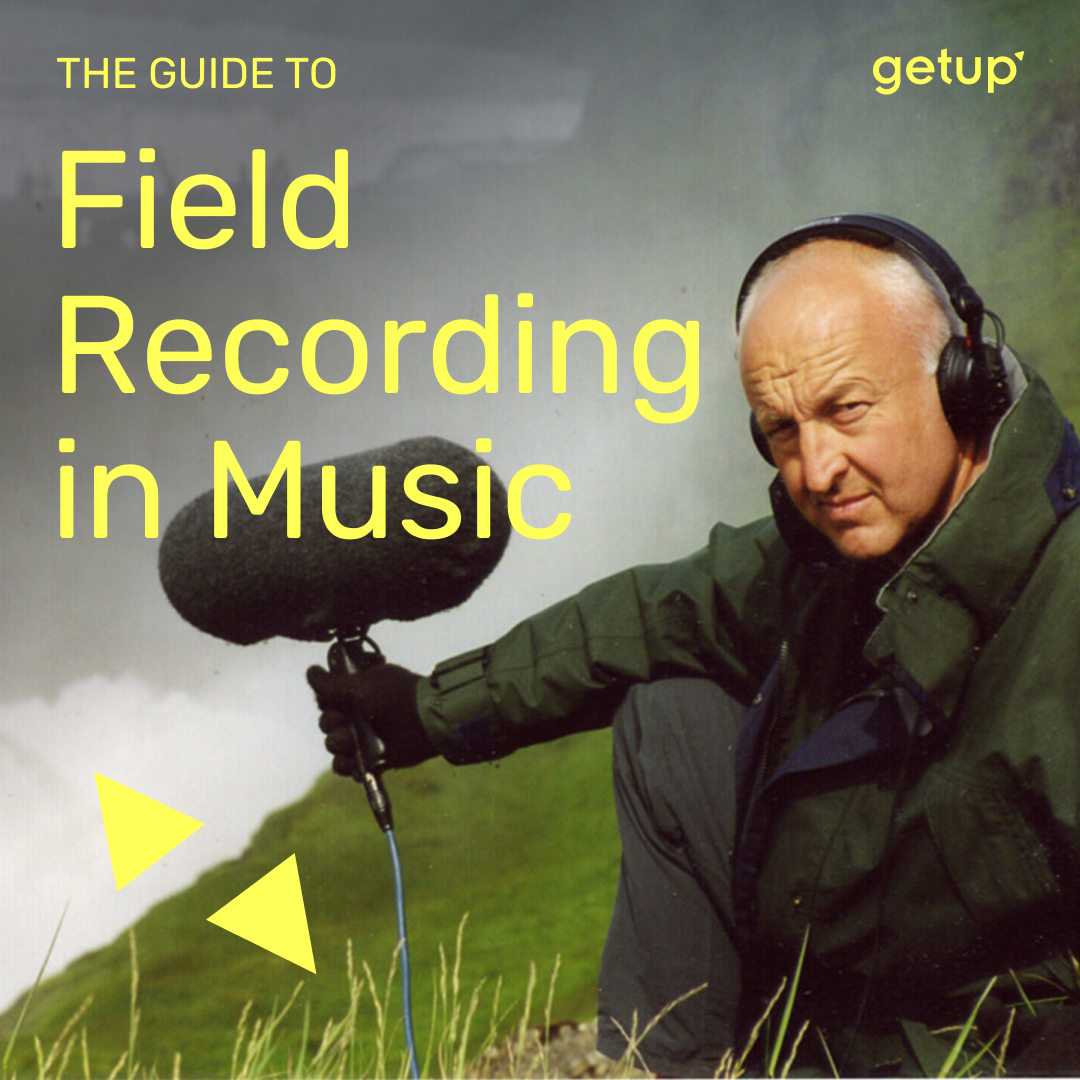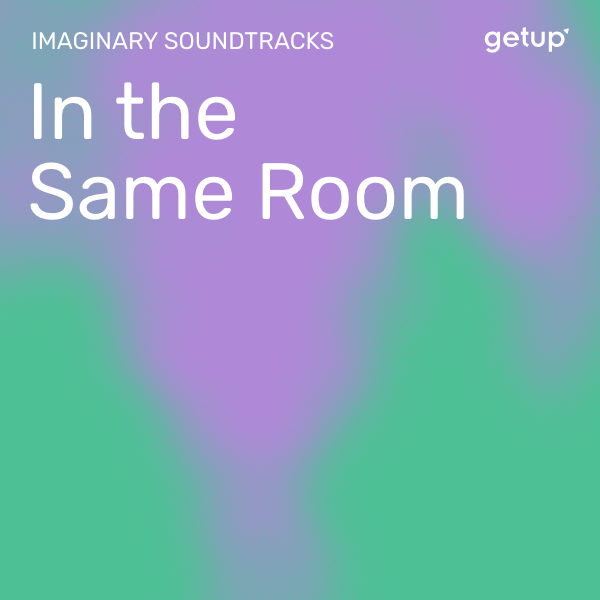The wind blowing, birds singing, a door creaking, whispers...Field recording emerged at the end of the 19th century after the young Ludwig Koch received a unique gift: a phonographic cylinder. Thomas Edison’s creation enabled the eight-year-old to capture the conversations of his parents’ friends (including Bismark) and to make the very first known animal recording, that of the Shama, an Indian bird of the Muscicapidae family.
Subsequently, ethnomusicologists and audio-naturalists have become interested in this method of archiving the sounds of the natural world, as well as the sounds of people all over the world. However, it was not until the second half of the 20th century that this process was really used for artistic purposes. Brian Eno’s Ambient 4: On Land (1982) comes to mind. With this album the master of ambient music creates a synergy between acoustic music, electronics, and natural sound.
Since then, field recording samples have invaded contemporary music: from hip-hop to electro, via the pop of Björk (who makes birds sing on “Utopia”), and King Krule’s darkwave. In order to transpose the atmosphere of South London onto his albums, he has fun sampling the sounds of his city while walking around. Listen to “Sublunary”, where we hear the cries of foxes that populate the streets of the British capital.
Creating a sound universe and seeing it as an immersive experience for the listener is one of the main objectives of field recording. When Japanese producer Yosi Horikaw samples the sounds of letters and envelopes it is, above all, with the intention of awakening our feelings and memories linked to such things.
Rather than reminisce, French producer Thylacine sees his music as an invitation to travel. Aboard the Trans-Siberian Railway he composed an album of the same name built around all the elements he managed to sample: the rolling train helped create the beat; a forest choir became the main theme of “Belobezvodnoe”. Each stage of the journey gave birth to a track filled with deep, vibrant electro-organic sounds.
From the Jamaican label Equiknoxx, which uses field recording to revisit hip hop and dancehall, to the London label Anjunadeep, which does the same with ambient, to the producer Jacques who creates live music during his sets (using things like ping-pong balls or a book), field recording applied to music offers infinite possibilities for sound exploration, from the heart of a world that never stops humming.

.svg.png)
.svg.png)
.svg.png)
.svg.png)
